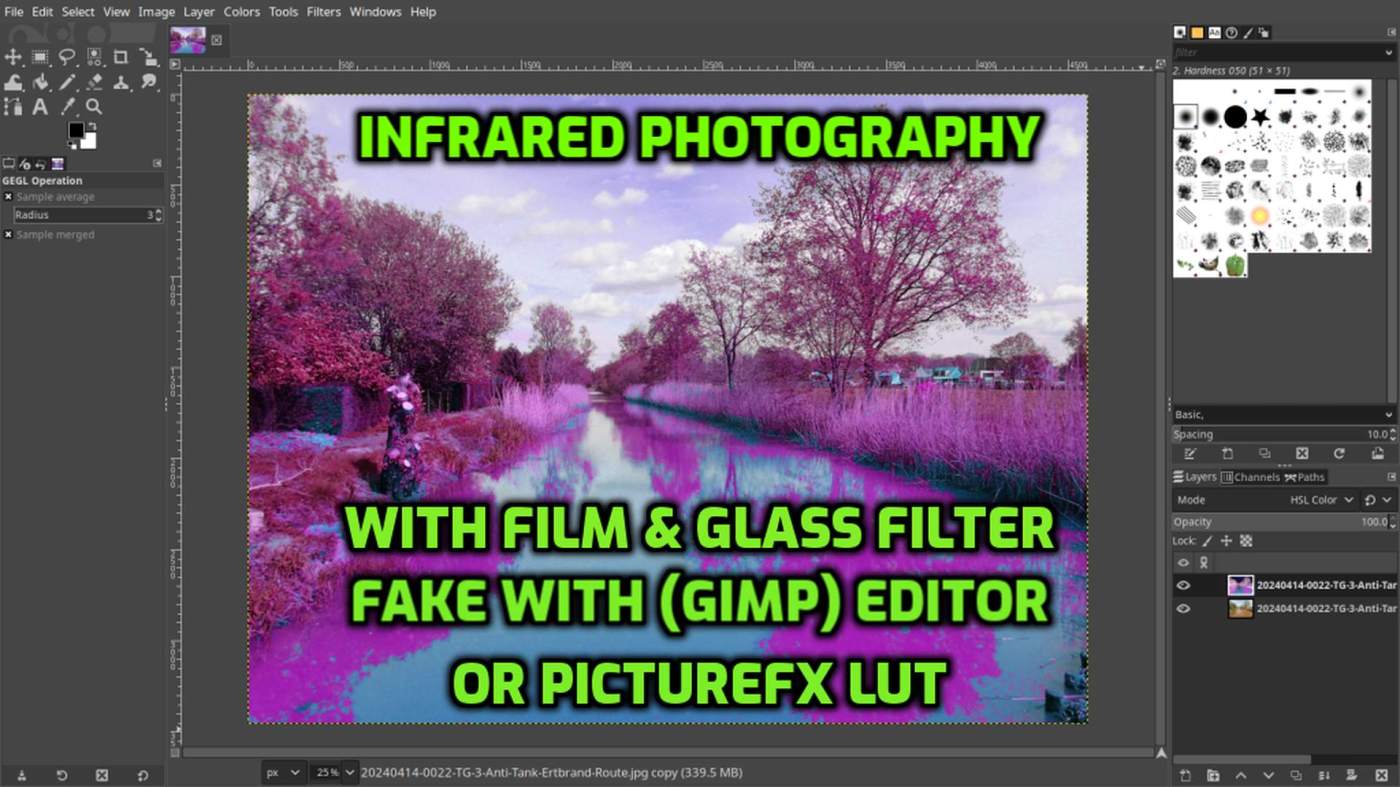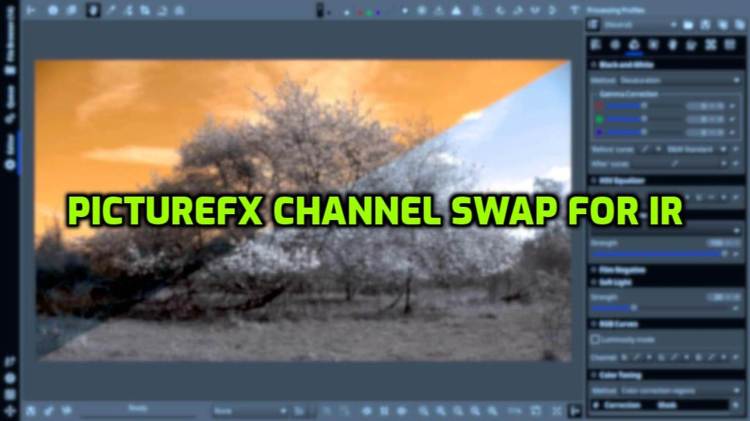Most visitors come to OSP for its Fujifilm recipes list in the Largest Collection. Now that I’ve pulled the plug on that, I’m curious to see what happens next. Luts are still growing, and Infrared doesn’t attract a lot of people, but maybe I have something that will interest some people, and that is…
In the second part of this article, I’ll reveal how the original 2020 “PictureFX Faux Infrared” Lut was made.
By the way, have you ever seen a Lut like PictureFX’s Faux Infrared that can create this effect out of the box ? well, not as far as I know, it’s quite unique I think, and we’re proud of that here at Open Source Photography !
What you can find with a simple Google search are presets and Luts that swap the color channels. However, to get the “Infrared effect,” you also need pictures taken with a modified IR camera or using IR glass filters. Good information on this, can be found at Rob Shea or https://www.robsheaphotography.com/
People generally have strong opinions about infrared photography – they either love it or they don’t.
When we talk about “Fake Infrared Luts,” it’s essentially mimicking the look of true infrared photography. Achieving this effect requires applying very drastic settings, which can result in images that are far from accurate in terms of colors and details. You might encounter issues like blown-out highlights or other artifacts due to these extreme adjustments, it’s almost unavoidable.
If you prefer to avoid these problems, there are two solutions:
- Take actual infrared photos using the standard method: a camera that is modified for infrared, or use infrared filters on your camera. Then some editing is needed afterward to create the right look, which involves swapping the red and blue channels. However, this approach has its own challenges, such as long exposure times, the need for good sunlight, and unpredictable outcomes.
If you go this way, but dread the editing afterwards, there is the PictureFX Channel Swap Lut for IR that does that work for you, just fine tune and you’re done :
2) The second way is to do it in Photoshop or Gimp, which involves creating layers, inverting colors, swapping R & B channels, adding adjustment layers… not too difficult if you are handy with Photoshop or Gimp, but for some people, it can be challenging. Here is how :
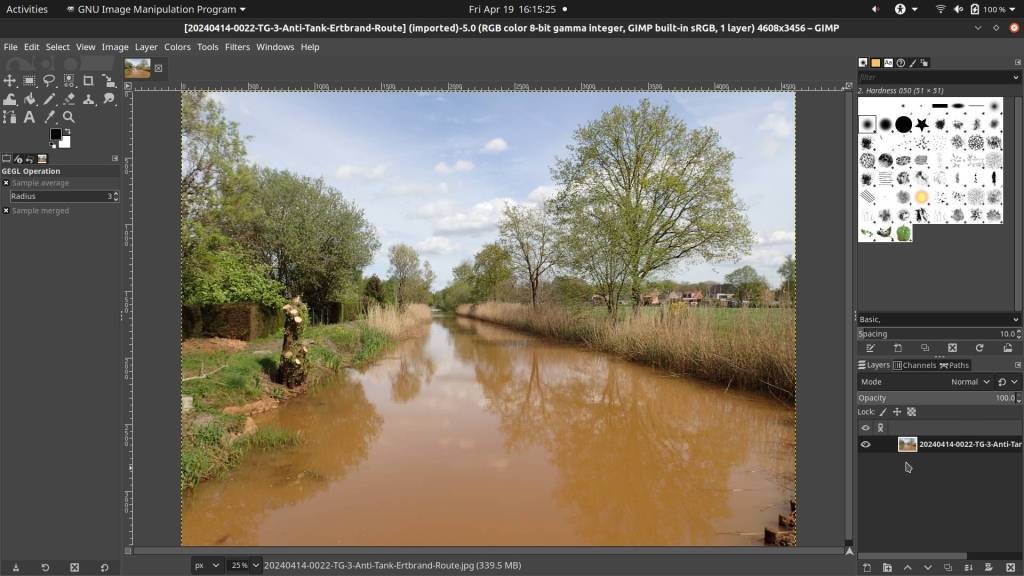
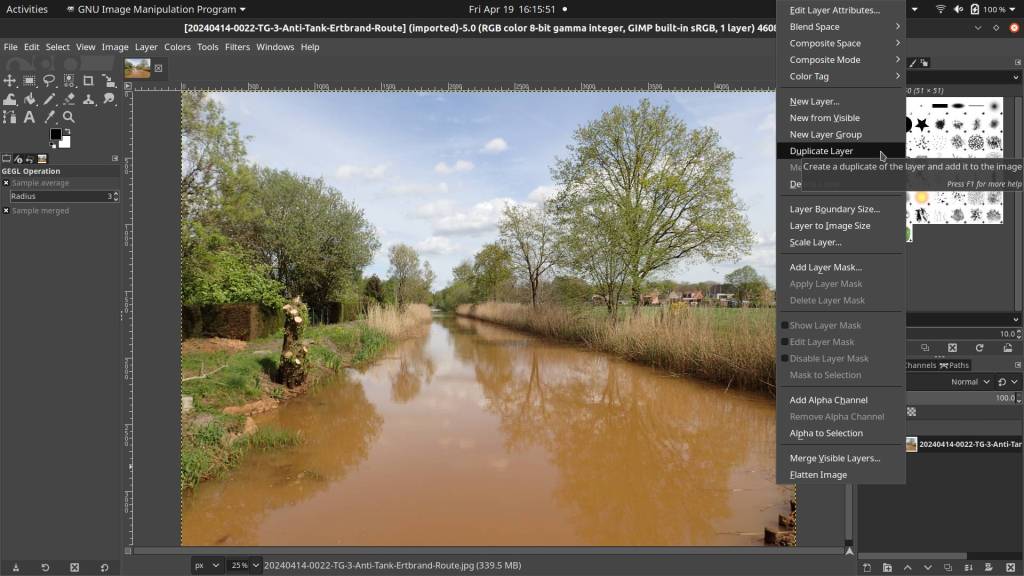
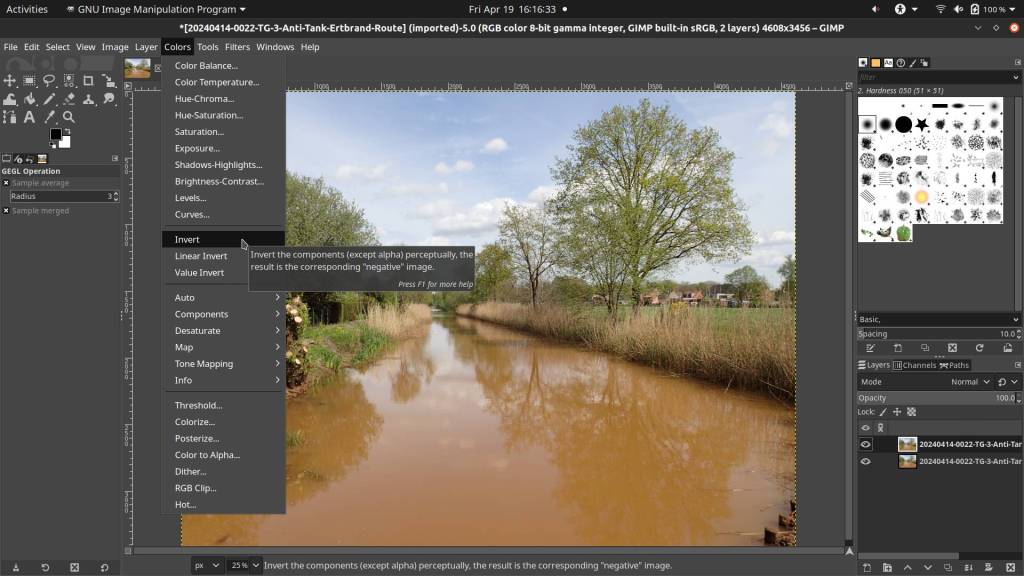
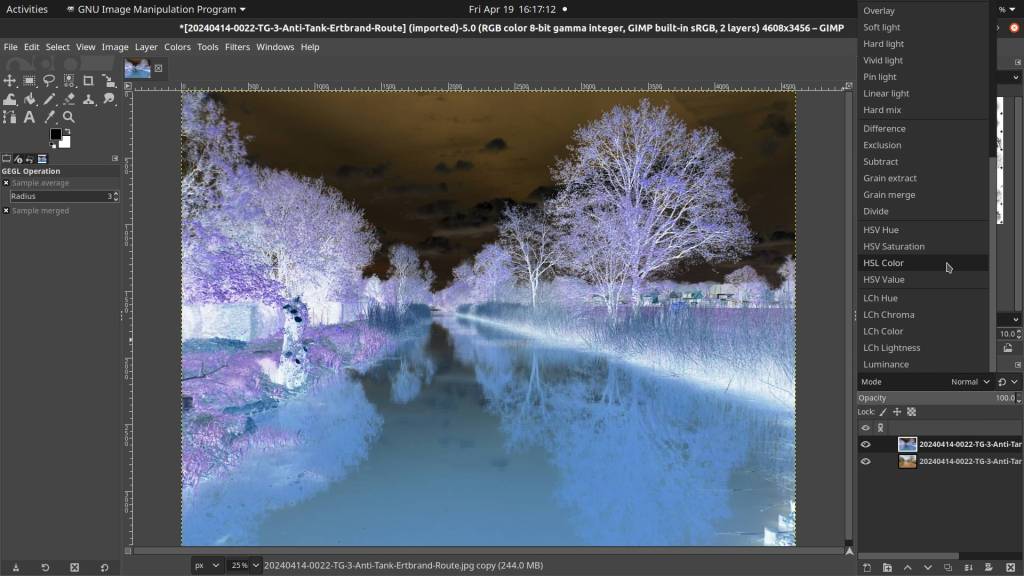
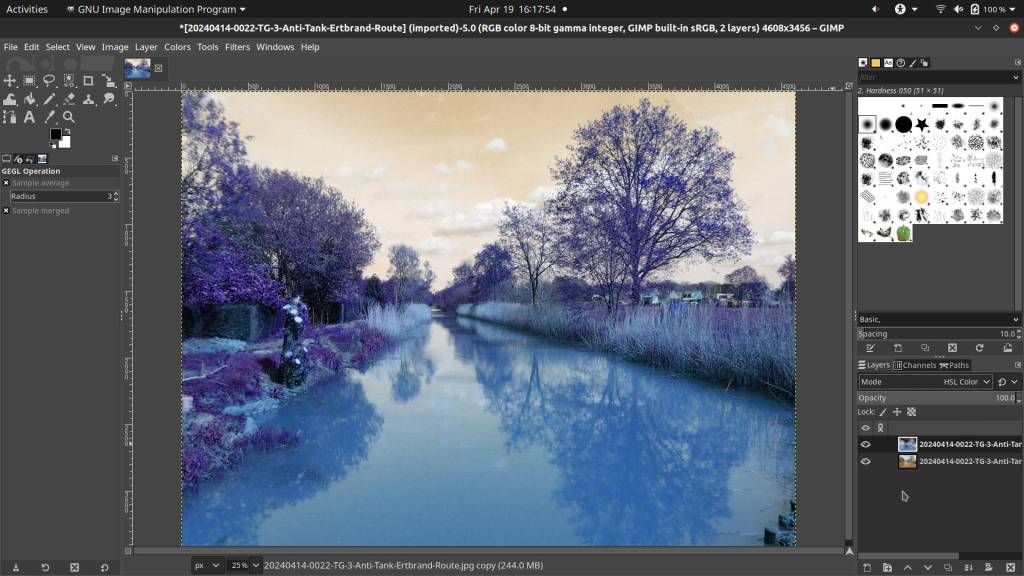
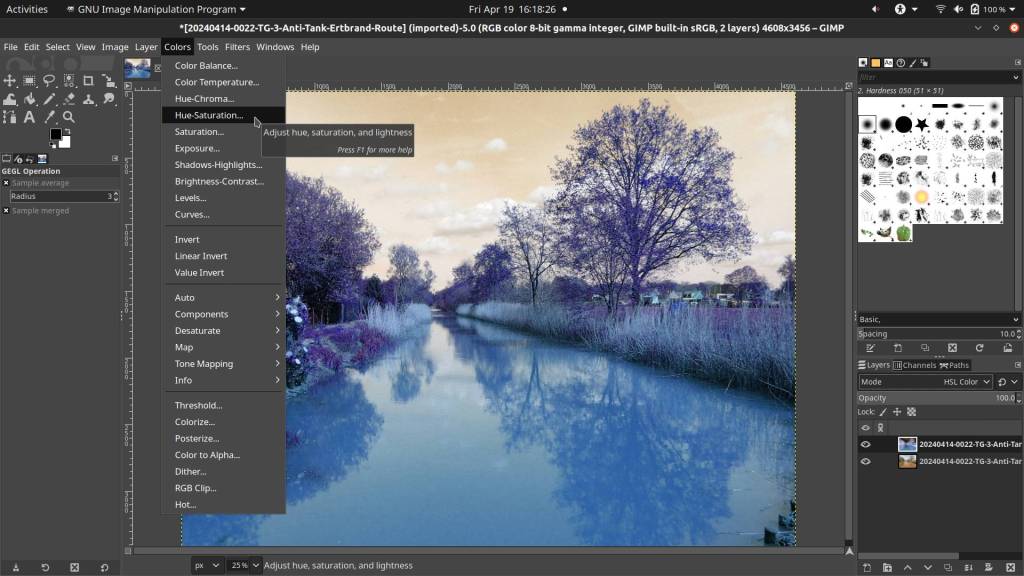
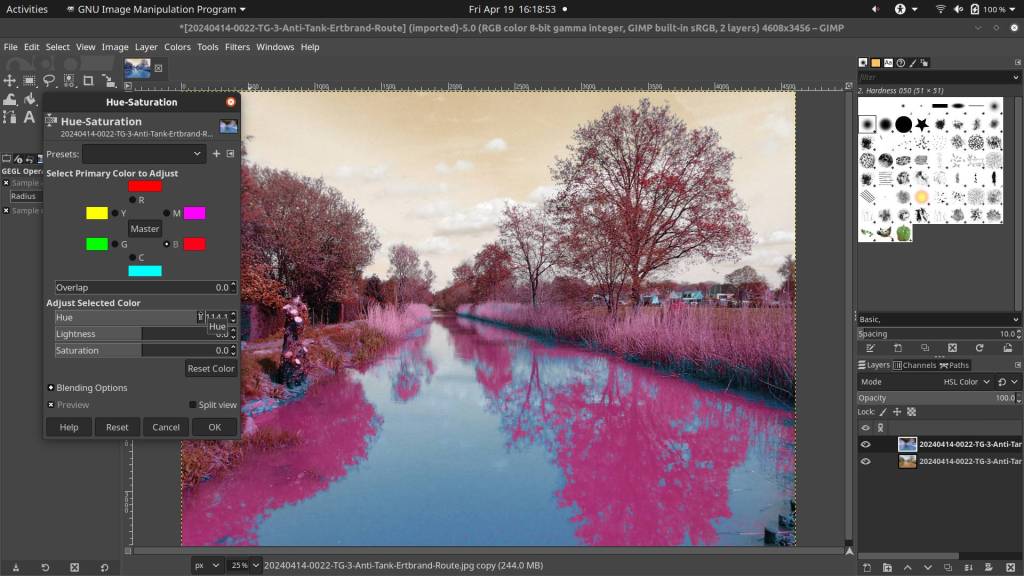
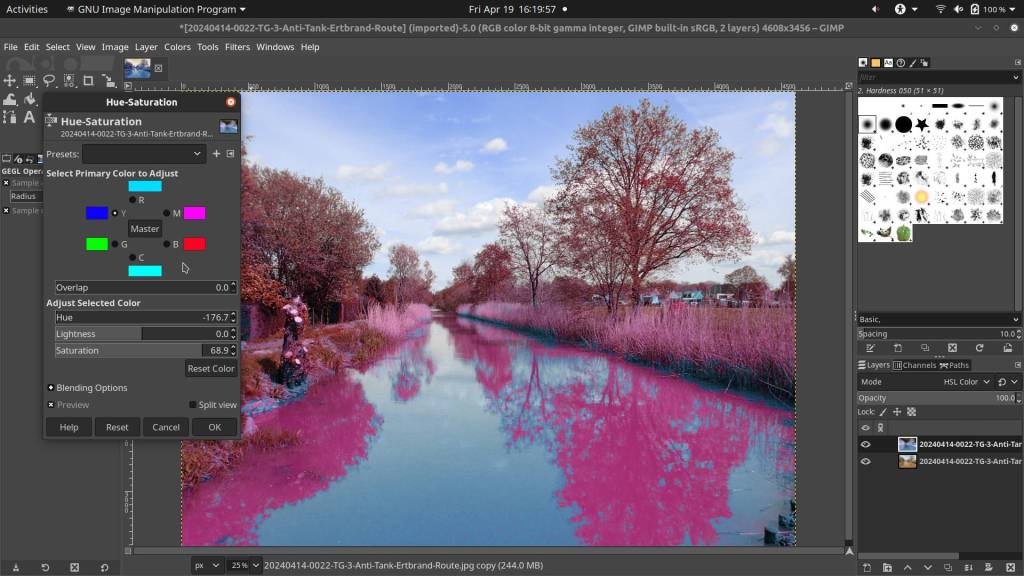
- Open a picture to convert to fake infrared
- Click picture in the layers tab on the right – right click – duplicate layer
- Top left – Colors – Invert
- Layers tab on the right – click layer mode – choose HSL Color
- The picture is now ready to adjust colors
- Top left – Colors – click Hue-Saturation
- In the Hue-Saturation Toolbox – change Blue to desired color (Red)
- Change Yellow and/or Red to change sky to Blue -> Fine tune Saturation – Lightness for desired result
You can watch the entire procedure live in the video here below
And so as mentioned, in part two – next Friday – I’ll show you how the 2020 PictureFX Faux Infrared lut was created in RawTherapee, but, it can also be done in another editor that has the same capabilities, such as Photoshop.
Hopefully I’ll see you on Friday !
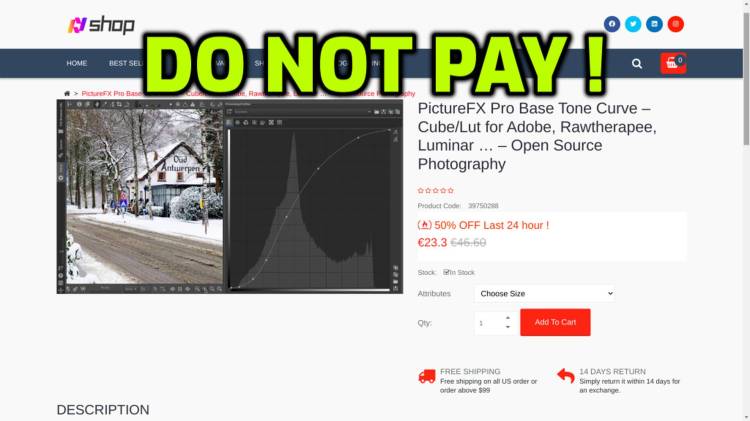
Don’t Pay for PictureFX !
There are sites selling PictureFX Luts for money, Do Not Pay ! PictureFX is free !
All PictureFX Luts are FREE an can be downloaded FREE @ Open Source Photography & FreshLuts
PictureFX is licensed under CC BY-NC 4.0
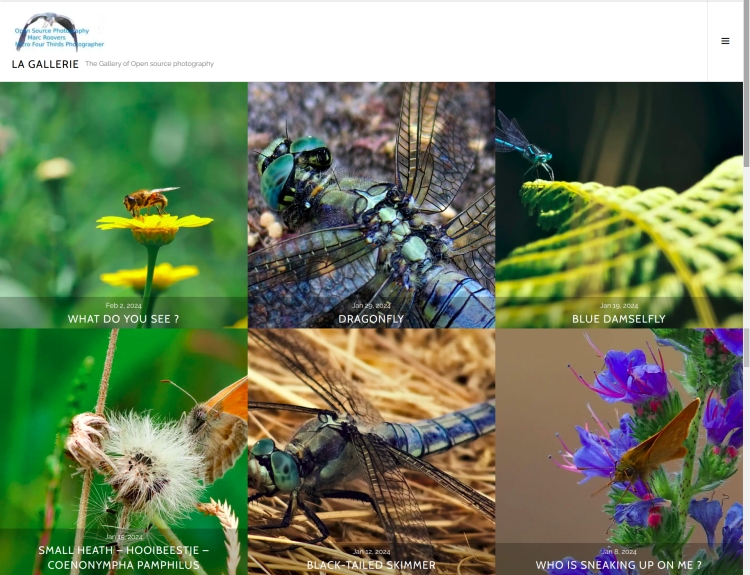
The photo gallery of Open Source Photography, Olympus micro 4/3 system, Vintage Lens Photograpy, Film Simulation, PictureFX, HDR – Photographer : Marc R.
Discover more from Open Source Photography
Subscribe to get the latest posts sent to your email.


